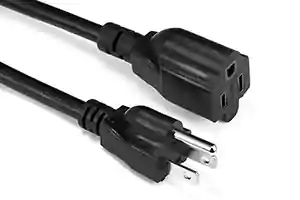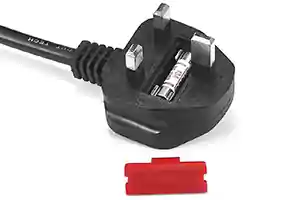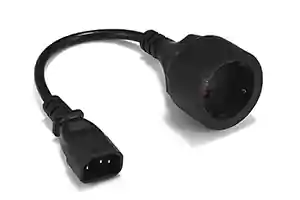In electricity, earth and neutral designate two cables with different functions. The first is connected to the ground to secure the installation, and the second makes it possible to bring the current back to the distributor. DCpowercord reveals to you what the voltage is between earth and neutral and explains how to measure it.

Table of Contents
Earth in electricity
The earth is a cable connected to the ground of a house or a building, generally using a metal stake. The earth cable has a predominant role in an electrical installation: it protects users from electrocution when an overload occurs on a device. In such a case, the overload is removed using the earth wire, and the power supply is automatically cut off using the differential switch.
The NFC 15-100 standard defines the number of differential switches to be installed depending on the size of a home. The value of 30 mA indicated on the differential switch precisely indicates the tolerance of this equipment to a possible overcurrent. If this is equal to or greater than 30 mA, it becomes dangerous for the human body.
Electrical appliances belonging to class 1 (household appliances, convectors, etc.) must be earthed.
Neutral in electricity
Once an appliance is supplied with electricity through the phase cable, the neutral allows the current to return to the distribution circuit. It is also used to measure the effective electricity consumption of a home.
What is the voltage between neutral and earth connection in 3 phase power supply?
Suppose the electrical installation has been correctly carried out. In that case, the voltage between the earth and the neutral must be zero volts (0 V), while that between the phase and the earth must be 220 V. The measurement of the voltage between the earth and neutral can tolerate a slight imbalance, of the order of 1 to 2 V. Still, a higher measurement indicates a fault in the electrical installation or a malfunction on the electricity distribution side.

How to measure the voltage between earth and neutral?
To measure the voltage between earth and neutral, you can use a multimeter on a disconnected electrical outlet. Start by setting the multimeter to measure the voltage, then place one of the two test probes on neutral and the other on earth. You will normally measure 0 V or a little more. From a 2 V measurement, it is advisable to have your electrical installation checked.
Note: This test is an excellent way to detect the neutral cables and phase when the wiring has not been carried out according to the usual color standards (brown for the phase, blue for the neutral, and yellow/green for the earth).
So that’s how I understand What is the voltage between earth and neutral?
Now It’s Your Turn
Now I want to turn it over to you: Through my article, do you understand the voltage between earth and neutral?
Do you have a different point of view with the voltage between earth and neutral? Or any other questions?
Let me know by leaving a quick comment below right now.




